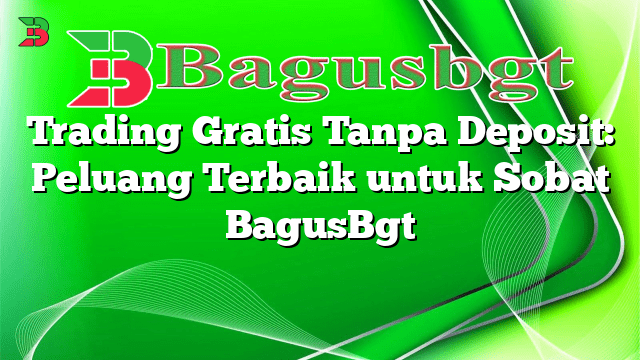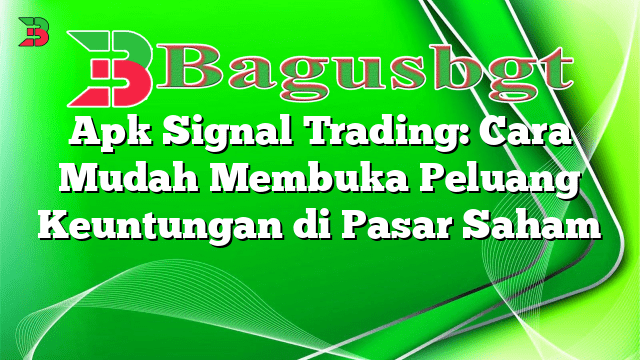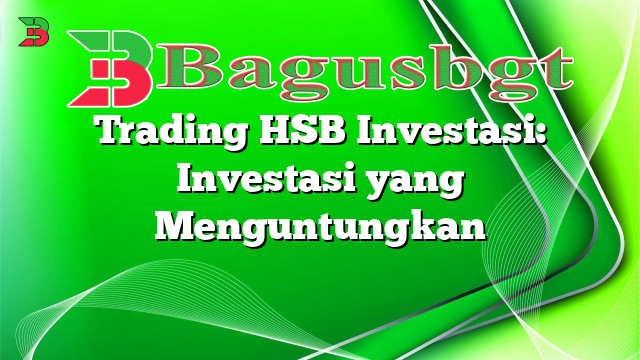Hello and welcome to our in-depth guide on advanced forex trading using the Ichimoku trading strategy. In this article, we will explore the various aspects of Ichimoku trading and how it can be used effectively in the forex market. Whether you are a beginner or an experienced trader, understanding and implementing this strategy can significantly improve your trading results.
1. What is Ichimoku Trading Strategy?
The Ichimoku trading strategy, also known as the Ichimoku Kinko Hyo, is a comprehensive technical analysis tool that provides traders with a holistic view of the market. It was developed by Japanese journalist Goichi Hosoda in the late 1960s and has gained popularity among forex traders worldwide.
The strategy consists of five key components:
- Tenkan-sen (Conversion Line): This line represents the midpoint of the highest high and lowest low over a specific period, typically nine periods.
- Kijun-sen (Base Line): Similar to the Tenkan-sen, this line represents the midpoint of the highest high and lowest low, but over a longer period, typically 26 periods.
- Senkou Span A (Leading Span A): This line is the average of the Tenkan-sen and Kijun-sen and is plotted 26 periods ahead. It forms the first boundary of the Kumo (cloud).
- Senkou Span B (Leading Span B): This line represents the midpoint of the highest high and lowest low over a longer period, typically 52 periods. It forms the second boundary of the Kumo.
- Kumo (Cloud): The area between Senkou Span A and Senkou Span B. It provides support and resistance levels.
The Ichimoku trading strategy is primarily used to identify trends, support and resistance levels, and potential entry and exit points. Traders often refer to the Kumo cloud as a dynamic support and resistance area, with the thickness of the cloud indicating its strength.
2. Advantages of Ichimoku Trading Strategy
The Ichimoku trading strategy offers several advantages for forex traders:
- Trend identification: The strategy’s components provide a clear picture of the market trend, allowing traders to align their trades with the prevailing direction.
- Support and resistance levels: The Kumo cloud acts as a dynamic support and resistance area, helping traders identify potential reversal points.
- Clear entry and exit signals: The crossover of the Tenkan-sen and Kijun-sen, as well as the price’s interaction with the Kumo, can generate reliable buy and sell signals.
- Multiple time frame analysis: Traders can use the Ichimoku strategy across different time frames to confirm trends and improve the accuracy of their trades.
- Visual representation: The strategy’s components are visually displayed on charts, making it easy for traders to interpret and analyze market conditions.
3. Limitations of Ichimoku Trading Strategy
While the Ichimoku trading strategy offers numerous benefits, it also has some limitations to consider:
- Complexity: The strategy’s multiple components and interactions can be overwhelming for novice traders. It requires a comprehensive understanding and practice to use effectively.
- Delayed signals: Since the Ichimoku strategy incorporates various moving averages and averages over different time periods, the signals may lag behind price movements.
- Whipsaw trades: In volatile or choppy markets, the strategy may generate false signals, leading to trades with minimal or no profit.
- Subjectivity: Interpretation of the strategy’s components and signals may vary from trader to trader, leading to different trading decisions.
4. Alternative Approaches to Ichimoku Trading Strategy
While the Ichimoku trading strategy is widely used and effective, some traders prefer alternative approaches to forex trading. Here are a few alternatives to consider:
- Moving Average Crossover: This strategy focuses on the crossover of two or more moving averages to identify trend reversals and entry/exit points.
- Bollinger Bands: Bollinger Bands use standard deviations to create upper and lower bands around a moving average. Traders look for price action near the bands to identify potential trading opportunities.
- Price Action Trading: This approach relies on analyzing candlestick patterns, chart patterns, and support/resistance levels to make trading decisions.
- Fibonacci Retracement: Fibonacci retracement levels are used to identify potential support and resistance levels based on the Fibonacci sequence. Traders look for price reversals around these levels.
5. Frequently Asked Questions (FAQ)
| Question | Answer |
|---|---|
| Can the Ichimoku trading strategy be used in other financial markets? | Yes, the Ichimoku trading strategy can be applied to stocks, commodities, and other financial instruments. |
| How can I learn more about the Ichimoku trading strategy? | There are various online resources, books, and courses available that provide in-depth knowledge and practical applications of the strategy. |
| Is the Ichimoku trading strategy suitable for day trading? | Yes, the strategy can be used for day trading, swing trading, and long-term investing, depending on the trader’s goals and time horizon. |
Conclusion
In conclusion, the Ichimoku trading strategy is a powerful tool for advanced forex trading. By understanding its components, advantages, and limitations, traders can make informed decisions and improve their trading results. Whether you choose to use the Ichimoku strategy or explore alternative approaches, it is essential to practice and continuously educate yourself to become a successful forex trader.
 Bagus Banget Collection of the latest information from various reliable sources
Bagus Banget Collection of the latest information from various reliable sources




